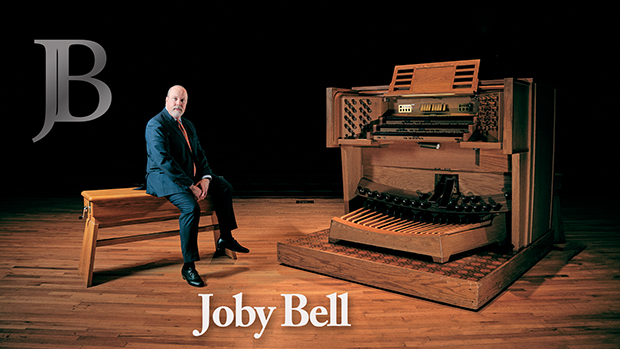Franck-ly speaking, Part V: Pastorale
 Wednesday, November 26, 2014 at 9:00AM
Wednesday, November 26, 2014 at 9:00AM
This is the fifth installment in a series on my take on playing the twelve large works of César Franck. Today’s topic is the Pastorale. See the first post in the series for background information.
********************
Beautiful piece. Enough said.
Throughout the piece, notice that Franck places fermatas on notes, not on rests. Therefore, it interrupts things too much to go out for coffee during the rests in, say, measures 4, 8, 12, 16, 18, etc. Once you have released the elongated chord, the tempo should resume on the rest. This is even more important in, say, the Grande Pièce Symphonique, which if one isn’t careful with all those rests and fermatas can sound like a 20-minute organ demonstration. To be continued.
Measure 3: Don’t panic in the Pedal department. Keep it smooth. You can hear the panic in many performances as the feet scramble to substitute on tenor E and then on low B – it usually throws off the lovely flow in the hands. The easiest solution is simply to cross the right foot over to play the B, using no substitutions at all. Consult Gleason for the proper way to do that. :)
Measure 5: same tempo, please. It might be good to use this measure to determine your beginning tempo.
Measure 6 and similar spots: As it is with all of Franck, you have to make some decisions between tying and breaking repeated notes. Franck didn’t mind one way or the other. It was the guys who came later, such as Dupré, who established the rules on all this. For sections like this, keep things clear. Detach repeated notes only if it serves a rhythmic or melodic purpose.
Measure 28 and similar spots: in most cases when I have played this piece, I have been able to maintain voice consistency by tying the last note in the right hand from the alto. Example: the last melody note F# in measure 28 could be tied from the alto F# one eighth note earlier. Although neither breaking nor tying is ideal (breaking seems too broken), tying seems the lesser of two evils to me. There are several such spots, such as measures 29, 32, 33, 170, 171, etc.
Measure 37: Yes, there is a fermata there, but we’re not done yet. This section isn’t over until 40.
Measure 45: The obligatory “storm scene” is not much of a storm here. It’s more like a cloud and some drops, just a gentle shower while at the café. Please don’t try to make this section what it is not. One trompette doth not a full organ make, and Quasi allegretto means, “This ain’t the William Tell overture.” Keep the staccatos clean; perfect half-values ought to do it.
Measure 81: During the fugato, wide reaches are better facilitated with a dead Pedal with Récit and Positif couplers on.
Measure 98: I move the left hand on the downbeat and the right hand on the second eighth note. Not only does that complete one phrase before beginning the next, it also helps smooth out the transition to the Positif. If those two manuals are not adjacent, I recommend coupling one of them to your Great in the middle to make them so.
Measure 121: ditto, only this time moving to the Récit.
Measure 151: I know it’s hard, but same tempo, please. Thumb the higher notes in the accompaniment with the right hand: the upper E in 151, the upper C# in 159, the upper C in 165, the upper Bs in 166. And since the manuals are coupled, you can leave out the upper F# in the left hand in 152, plus the upper D# in 160.
Measure 179: a tempo may be taken with a grain of salt. Not only is the end near, but also if you had to slow down for the hard part before this, then it makes no sense to speed back up at 179, only to arrive at the end nine measures later.
 Joby Bell | tagged
Joby Bell | tagged  Franck-ly speaking,
Franck-ly speaking,  Note by note
Note by note 